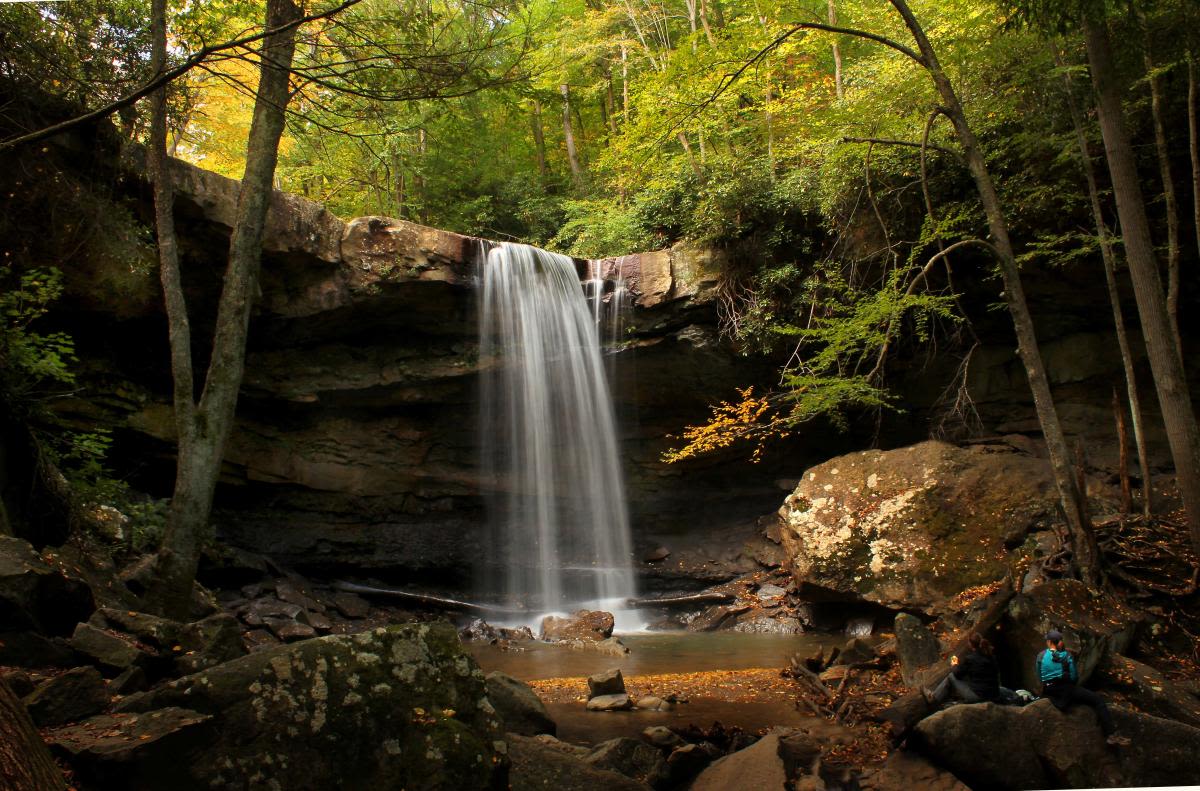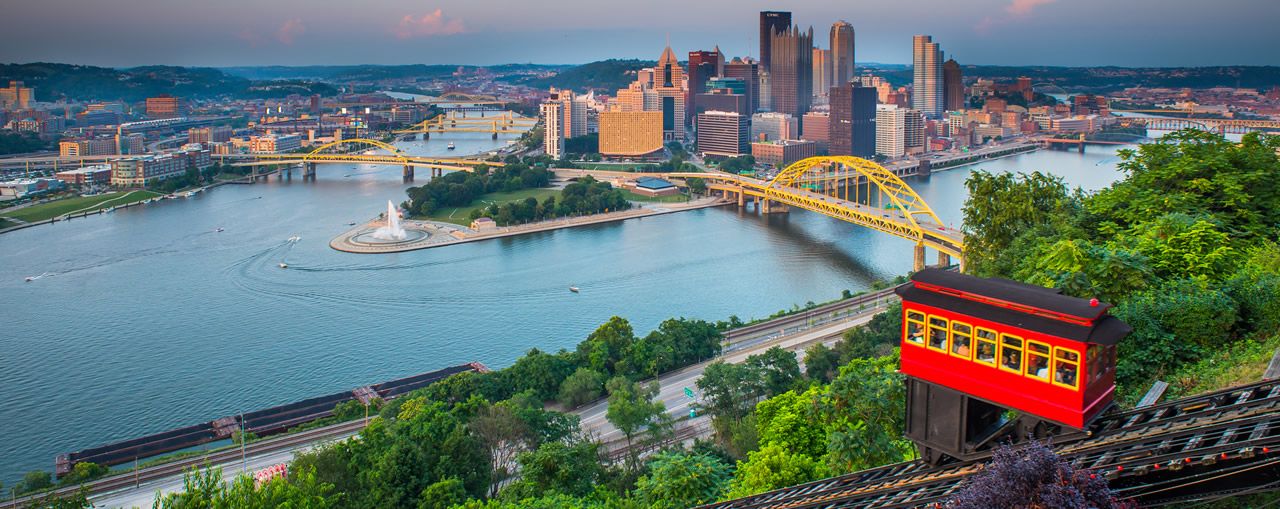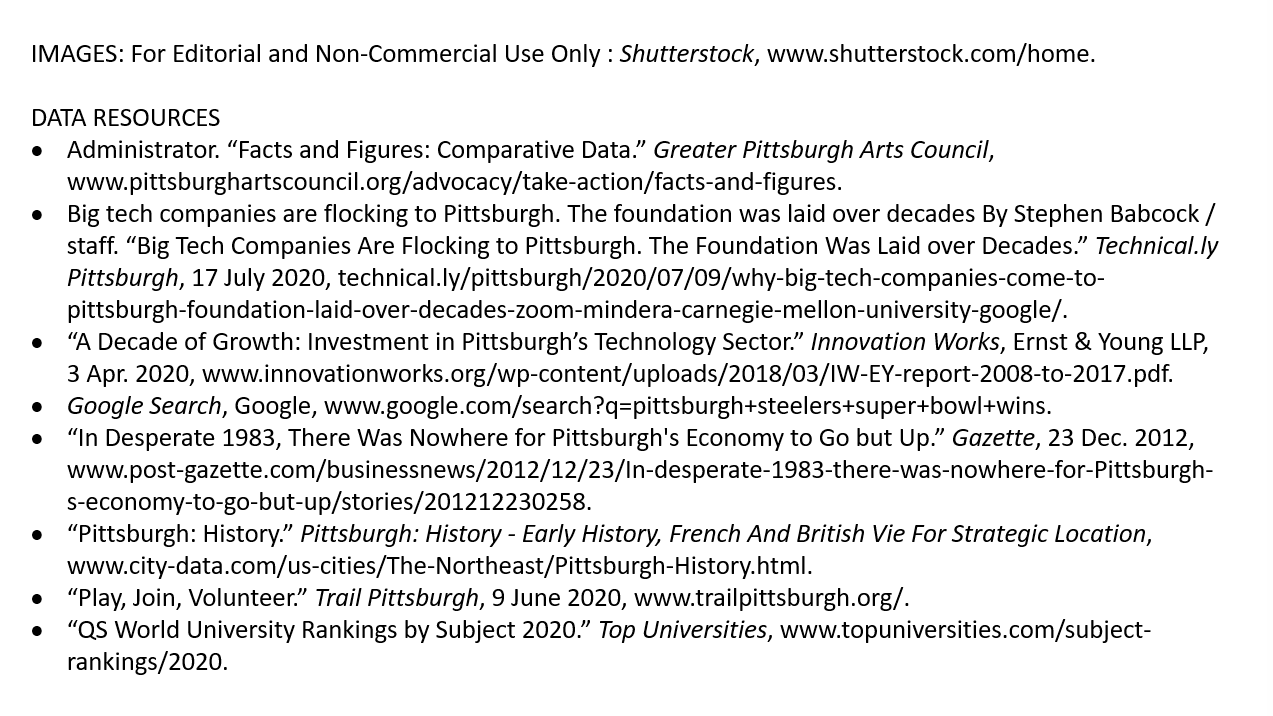Pittsburgh, Pennsylvania
Build your new beginnings in the City of Bridges.

Pittsburgh, known as a quintessential Rust Belt city, has made a remarkable recovery after the crash of the steel industry and it is thriving with new industries and culture.
Up through the mid-1950s, Pittsburgh was the nation's eighth-largest city. Easily navigable waterways with an abundance of natural resources helped Pittsburgh become the industrial hub of coal mining and steel production for a growing nation.
The deindustrialization of the U.S. in the early 1980s caused the steel industry in Pittsburgh to implode. Following the recession, the steel mills began to shut down causing a ripple effect across the city. The local economy suffered a depression, marked by high unemployment. Like many other Rust Belt cities, Pittsburgh suffered a declining population.
Even though Pittsburgh faced these rough times when steel production all but disappeared from its landscape, it has since re-invented itself as a hub for education, medicine, small manufacturing, and research. In the 21st century, technology companies are taking notice of it’s potential and setting up shop here as well.
Today, Pittsburgh welcomes visitors from around the globe. Its strengths lie in its authenticity as an all-American city with a genuine, hard-working, and welcoming sense of community. This has transformed it into one of the most surprisingly beautiful and progressive cities in the USA.



Source: https://technical.ly/pittsburgh/2020/07/09


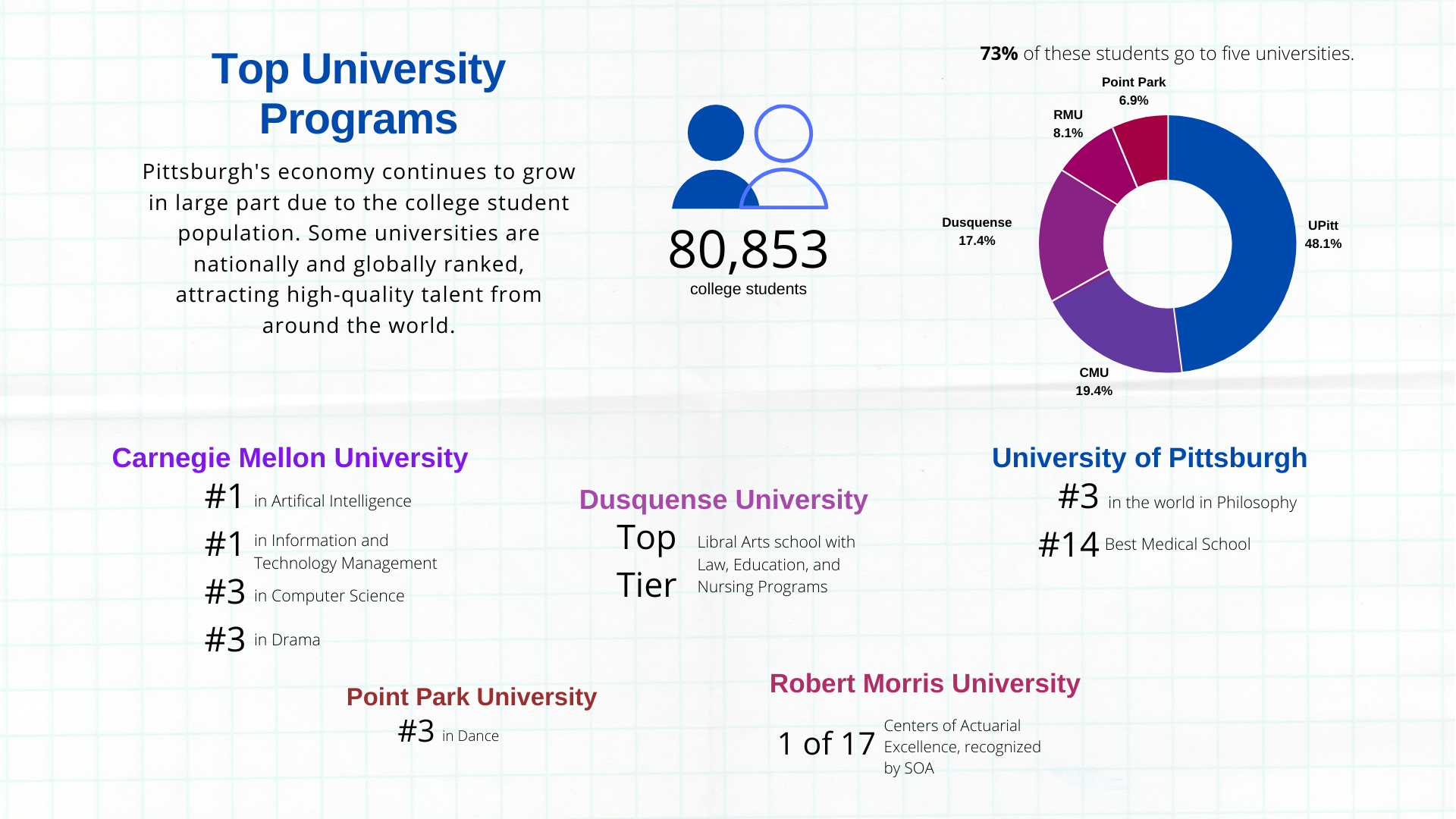

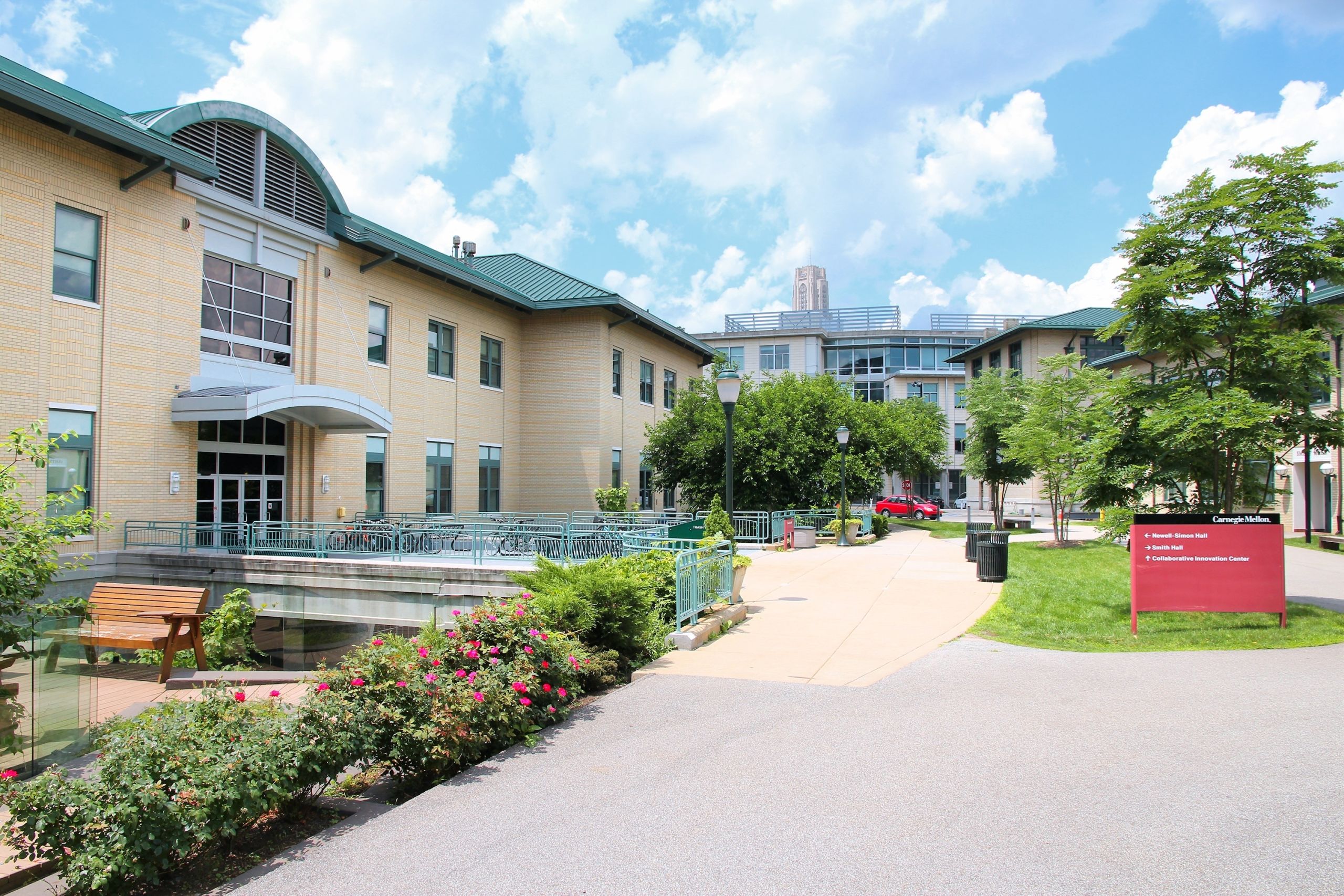


Pittsburgh is consistently ranked as one of the most livable cities!
Sources: Zillow.com and Numbeo.com


Pittsburgh is home to three professional sports teams: Steelers (NFL), Pirates (MLB), and Penguins (NHL).
Having extremely successful sports teams has enhanced the city's reputation. The black and gold of all three teams are synonymous with the pride local residents have in its sports teams and the city they represent.
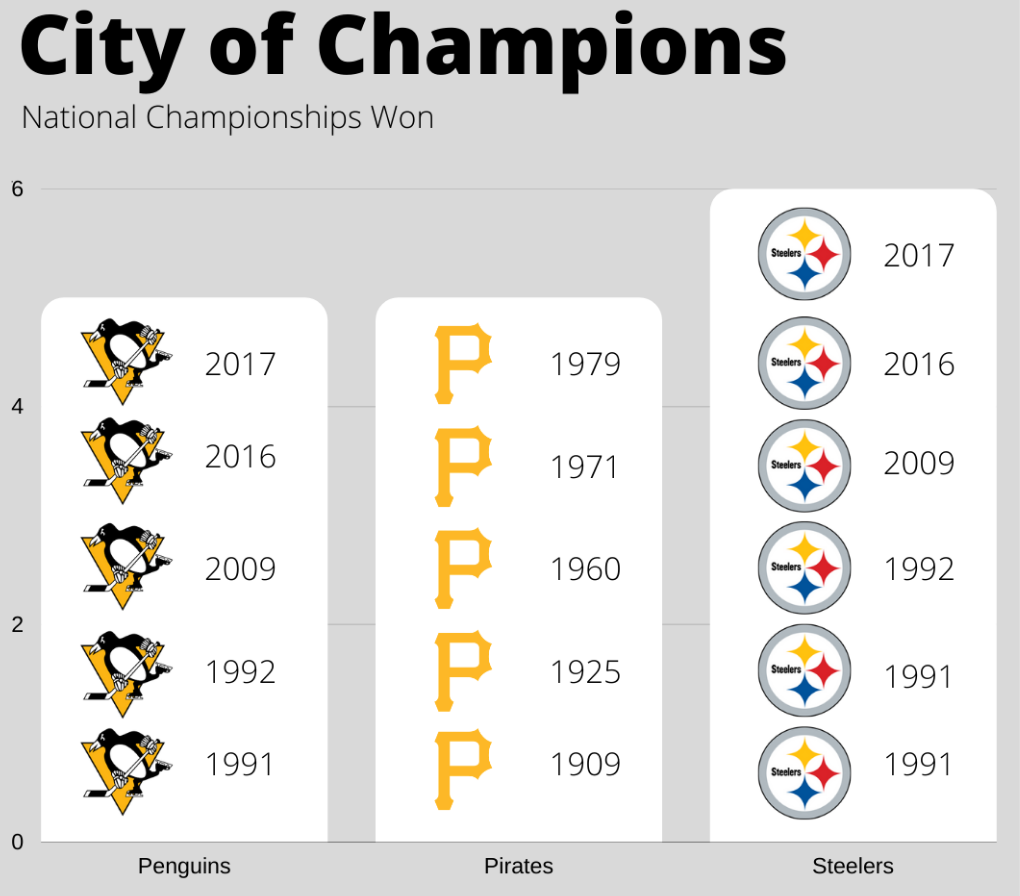


More Than Just Sports
The Pittsburgh Cultural Trust has overseen one of Pittsburgh’s most historic transformations: turning a seedy red-light district into a magnet destination for arts lovers, residents, visitors, and business owners. Since 1984, this non-profit arts organization, has worked to make the Steel City a place where the arts can flourish. Pittsburgh has been home to over 50 performing arts centers, including the Carnegie Music Hall, Benedum Center, and Heinz Hall.
Pittsburgh is also home to world-class art museums like the Carnegie Museum of Art, the contemporary Mattress Factory, and the Andy Warhol Museum. It also has a fantastic Science Center and Children's Museum that are family-oriented.
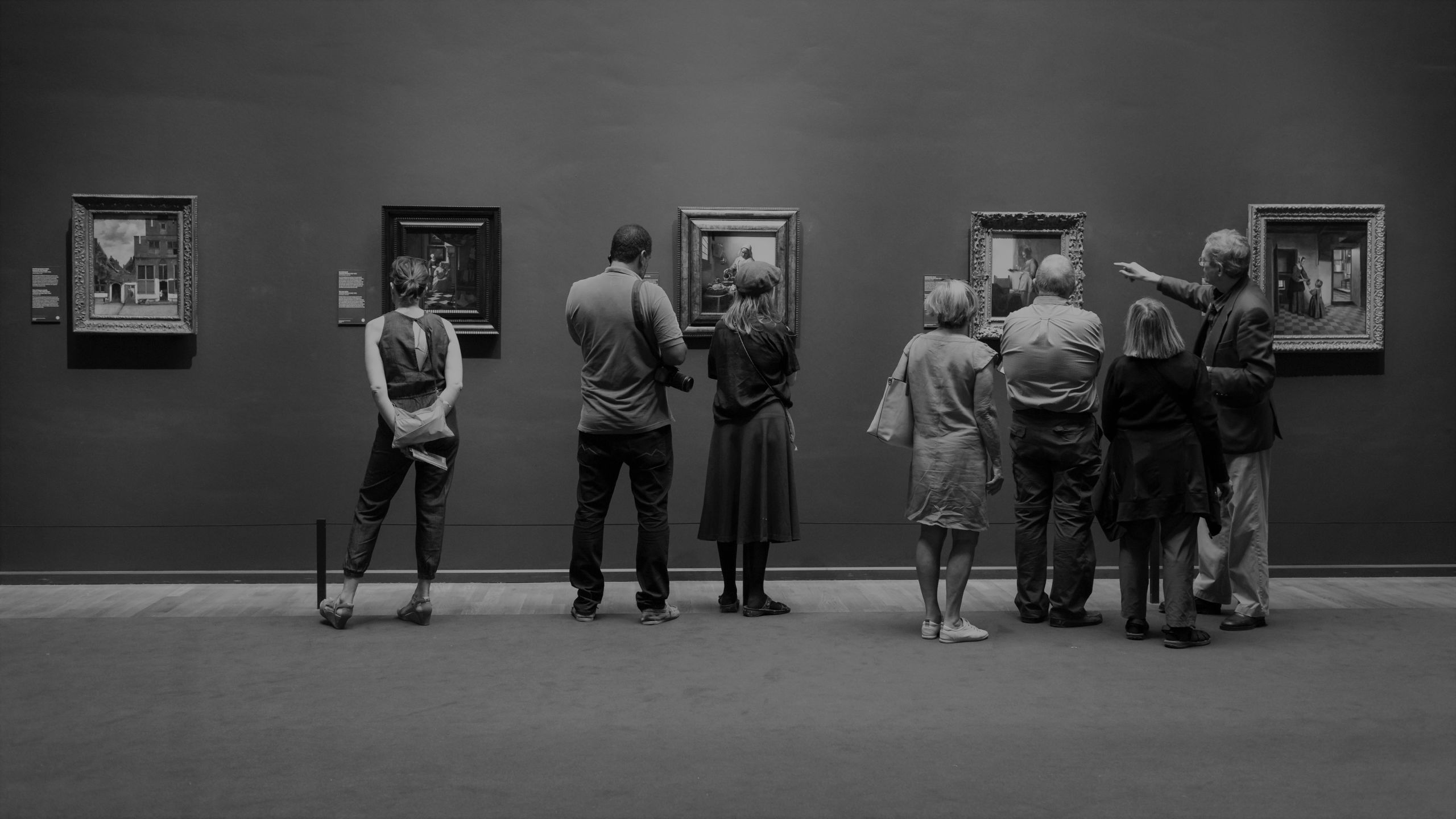
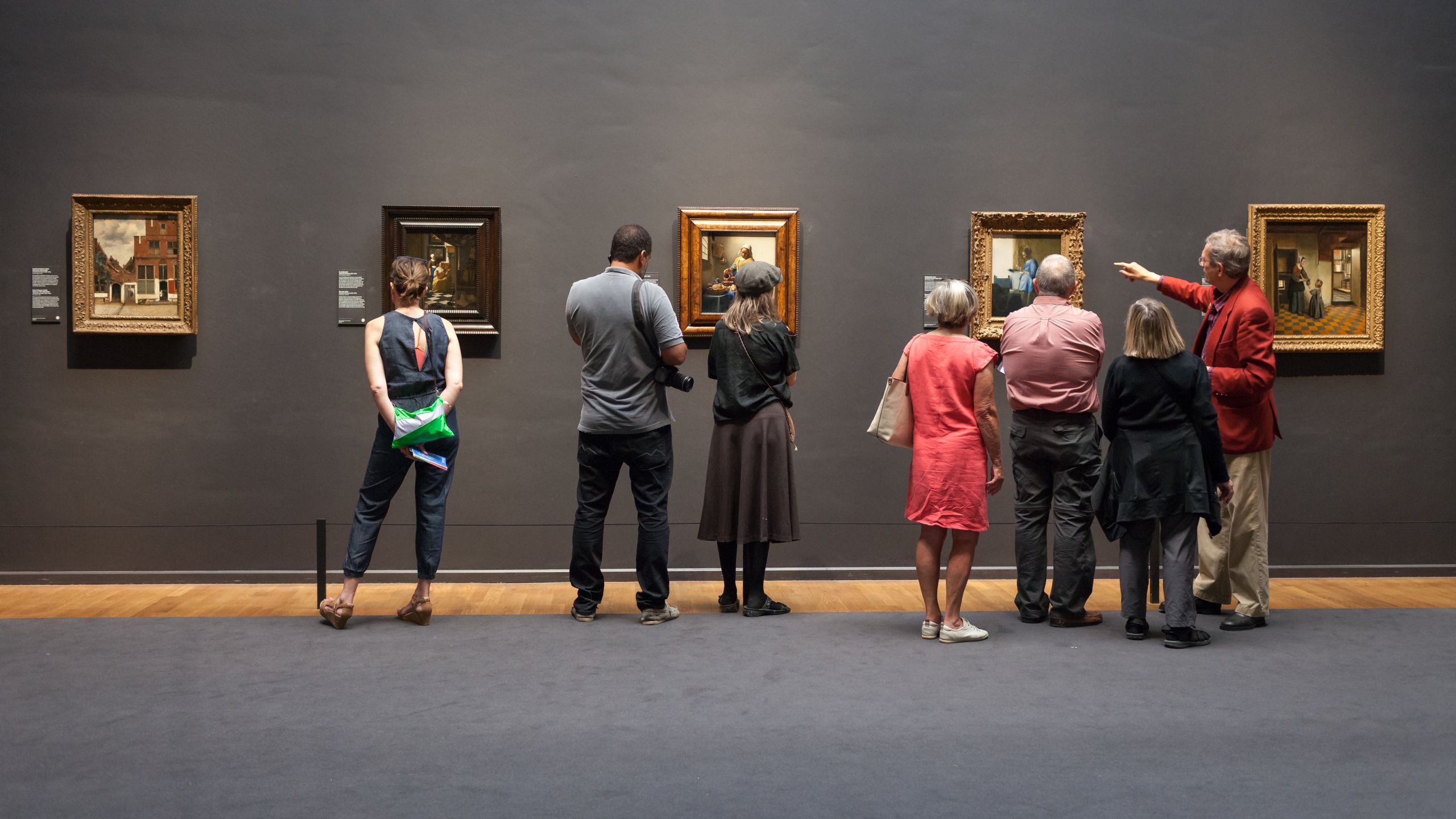
Diverse Restuarant Scene
The city's population swelled to over a half million with European immigration via Ellis Island in the 1950s. Pittsburgh's patchwork of neighborshood still retains an ethnic character reflecting the city's immigrant history which has lead to a fusion of cultural foods and dining experiences.
The restaurant scene in Pittsburgh is great with many options all around the city!
My personal favorites include:
- Altius -Dusquense Heights
- Bigham Tavern -Mt. Washington
- Cafe 33 -Squirrel Hill
- Cambod-Ican -SouthSide
- Point Brugge -Point Breeze
- Tako -Downtown
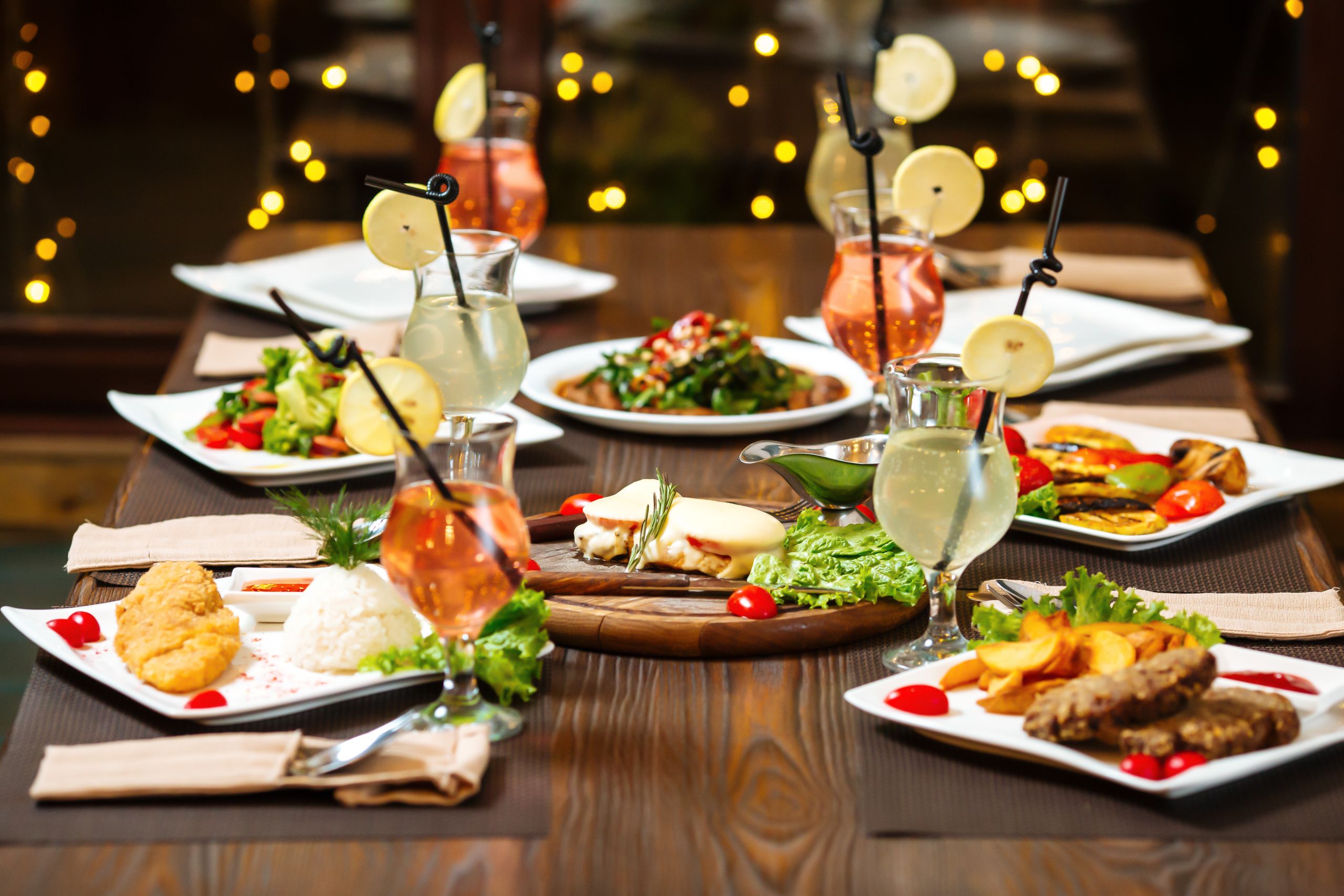
Hiking. Biking. Kayaking. With three rivers
and over 200 miles of trails within a 30-mile radius :
There is something for everyone in this beautiful city!
